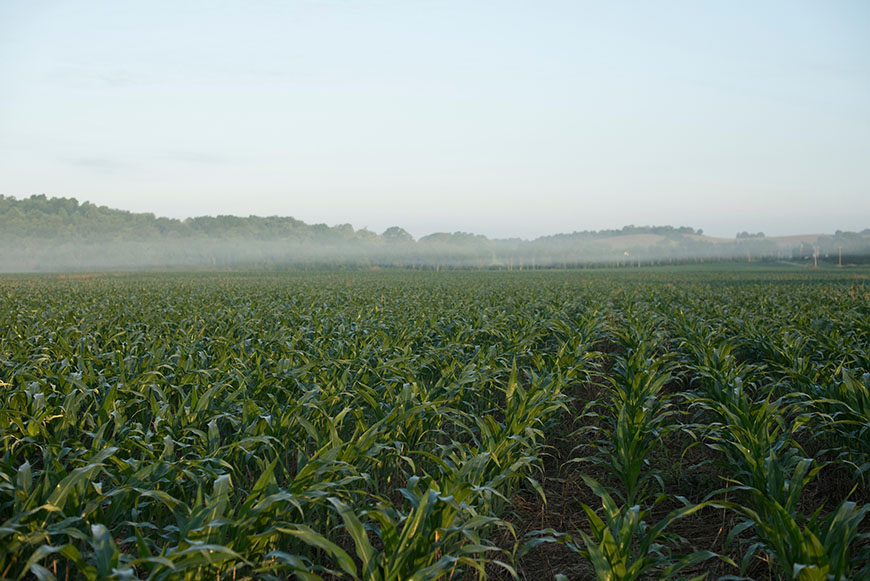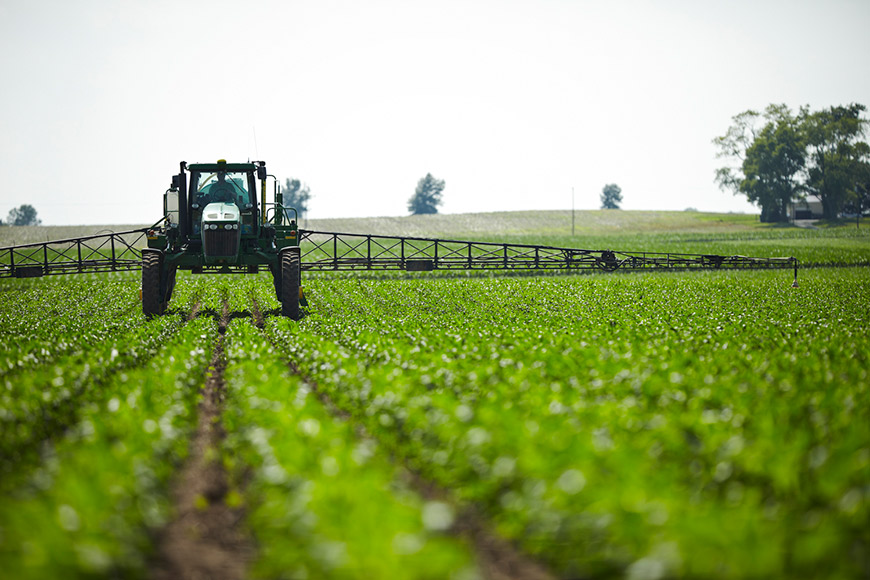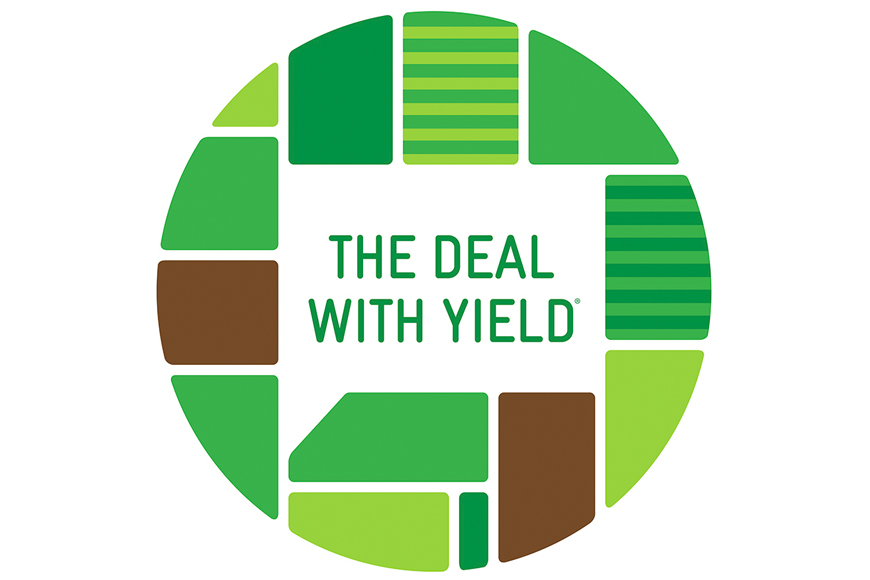Making Sense of the Biologicals Market

Biologicals have grown exponentially in the past few years. What was once focused on specialty crops and other niche markets is now moving into row crops. That said, the market is still relatively young, leaving plenty of room for confusion and skepticism.
At WinField United, we’ve invested significantly in bringing more clarity to this market through thorough testing, robust research and quality product development. It’s hard to find trustworthy, independent data in such an ambiguous space but we strive to provide reliable agronomic solutions to our retail network.
First, let’s clarify the three subcategories within the biologicals market.
To fully understand where and how they work, biological products require rigorous testing and trustworthy results. In 2021, we launched a new biologicals testing platform using the Answer Plot® system to systematically test new products entering this market.
Here’s how it works: Manufacturers bring their products to us to collect quality, third-party performance data. Then, we test the product in the field through the Answer Plot system using a rigorous and unique testing method to obtain actionable data in one year. So far, we have field-tested more than 40 products across 11 states.
In the near future, products will be able to be taken to the WinField United Innovation Center. While there, they will be screened with new, cutting-edge phenotyping equipment, which will help determine if and how the product has a physiological effect on the plant.
All photos are either the property of WinField United or used with permission.
© 2022 WinField United. Important: Before use always read and follow label instructions. Crop performance is dependent on several factors many of which are beyond the control of WinField United, including without limitation, soil type, pest pressures, agronomic practices and weather conditions. Growers are encouraged to consider data from multiple locations, over multiple years and to be mindful of how such agronomic conditions could impact results. Answer Plot, Ascend2 and WinField are trademarks of WinField United. All other trademarks are the property of their respective owners.
At WinField United, we’ve invested significantly in bringing more clarity to this market through thorough testing, robust research and quality product development. It’s hard to find trustworthy, independent data in such an ambiguous space but we strive to provide reliable agronomic solutions to our retail network.
First, let’s clarify the three subcategories within the biologicals market.
Biologicals
Simply put, biologicals are living organisms. For example, a popular biological product is soybean inoculant. These are live bacteria that can be applied to support nitrogen use efficiency (NUE). To fix nitrogen, soybean plants form a symbiotic relationship with rhizobia (soil bacteria) to create nodules on the roots. When soil does not have sufficient soil bacteria to support this process due to non-optimal soil pH, floods, drought, or a multiyear gap since soybeans were last planted, applying inoculants is often necessary to optimize NUE and crop production. Outside of inoculants, there are many new biologicals coming to the market to help control harmful pests and improve plant health.Biostimulants
Biostimulants are not living organisms. They are typically an extract, amino acid or a protein derived from a biological product. These products trigger the plant to produce a hormonal or stress response. Typically, they are used to mitigate in-season stresses that could challenge your crop. For example, YieldOn® is a biostimulant that modulates cell division and expansion while improving transport of sugars and nutrients.Plant Growth Regulators (PGR)
PGRs are classified as biochemicals. They are naturally made in the body of the plant, and it would be unable to grow and develop without their natural existence. By applying products like Ascend2® PGR, which contains a combination of three PGRs – auxin, cytokinin and gibberellic acid – you can further enhance natural processes to help boost crop performance. Ascend2 PGR contains a novel, patent-protected formulation designed to support early emergence and root development to give corn plants an extra-strong start.WinField United Testing Platform
Biological, biostimulant and PGR products hold great potential but unlike other agricultural inputs like crop protection products, their impact on the crop is variable. In fact, PGRs are the only subcategory currently regulated by the EPA like other crop protection products.To fully understand where and how they work, biological products require rigorous testing and trustworthy results. In 2021, we launched a new biologicals testing platform using the Answer Plot® system to systematically test new products entering this market.
Here’s how it works: Manufacturers bring their products to us to collect quality, third-party performance data. Then, we test the product in the field through the Answer Plot system using a rigorous and unique testing method to obtain actionable data in one year. So far, we have field-tested more than 40 products across 11 states.
In the near future, products will be able to be taken to the WinField United Innovation Center. While there, they will be screened with new, cutting-edge phenotyping equipment, which will help determine if and how the product has a physiological effect on the plant.
Tips for Selecting a Biological-Type Product
We know the biologicals market can be overwhelming with there being so many products and so little data. Here are a few tips to help you sort through the crowded market and find a solution that can help increase ROI potential.- Look for products backed by WinField United in our Biological Portfolio Directory. You can trust that any product that makes it through our testing platform has been rigorously evaluated, is backed by data and has insights available for where and when to use it.
- Make sure you’re comparing like products. This category is vast, and there are many different responses you can trigger in a plant. When comparing products, make sure you’re considering options that work in similar ways to get a valid perspective on price and performance differentials. It’s too easy to simply say, “Our product works just like this other one, but cheaper or better.”
- Make sure the person positioning the product can explain how it really works and communicate the mode of action. Like we mentioned earlier, biologicals can’t always be measured by yield response, so you really have to understand how it affects the plant to be able to make an informed decision.
- Most importantly, make sure it’s backed by data. There’s often a really good story about what the product does, but the data may be limited or irrelevant to the specific crop or situation.
All photos are either the property of WinField United or used with permission.
© 2022 WinField United. Important: Before use always read and follow label instructions. Crop performance is dependent on several factors many of which are beyond the control of WinField United, including without limitation, soil type, pest pressures, agronomic practices and weather conditions. Growers are encouraged to consider data from multiple locations, over multiple years and to be mindful of how such agronomic conditions could impact results. Answer Plot, Ascend2 and WinField are trademarks of WinField United. All other trademarks are the property of their respective owners.





